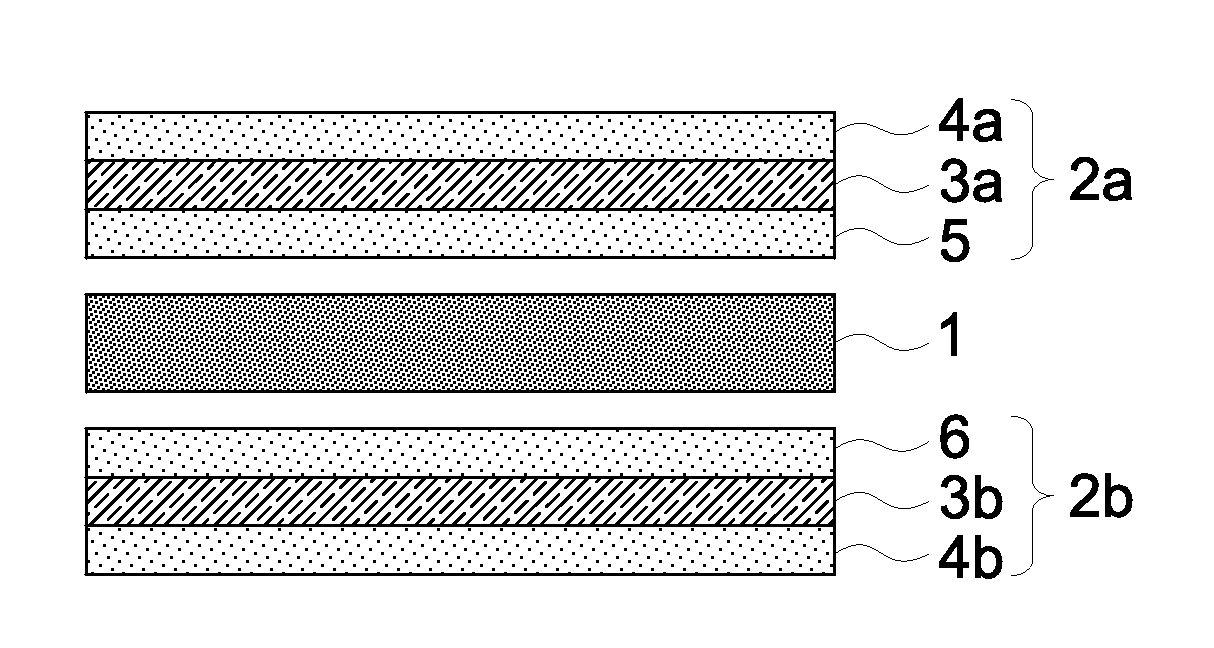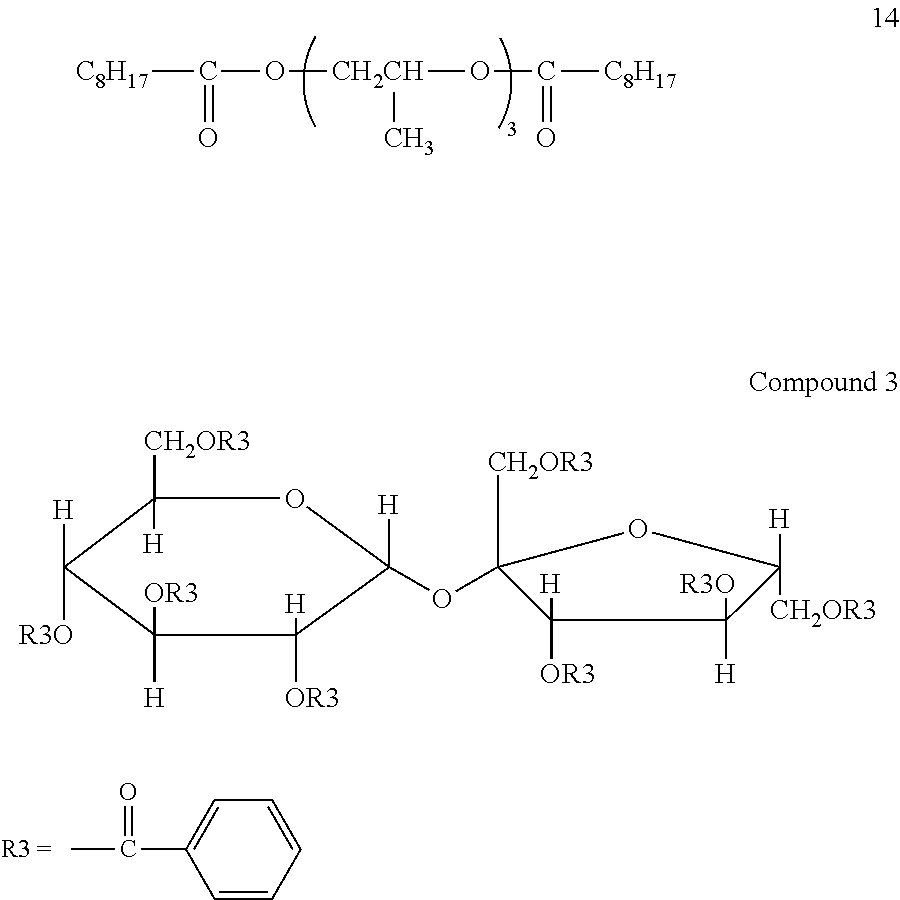Vertical alignment mode liquid crystal display
a liquid crystal display and vertical alignment technology, applied in the field of vertical alignment mode, can solve the problems of reduced contrast, reduced contrast, and insufficient effect, and achieve the effects of increasing and avoiding the effect of reducing the thickness of the liquid crystal display
- Summary
- Abstract
- Description
- Claims
- Application Information
AI Technical Summary
Benefits of technology
Problems solved by technology
Method used
Image
Examples
examples
[0229]The present invention will be explained below with referring to examples, however, the present invention is not limited thereto.
101-104>
1>
[0230]
Particles (AEROSIL R972V, manufactured by11 parts by massNippon Aerosil Co., Ltd.)Ethanol89 parts by mass
These were mixed and agitated for 50 minutes by means of dissolver and then dispersed by Manton-Gaurin.
[0231]Particle dispersion liquid 1 was added slowly in a dissolution tank charged with methylene chloride while sufficiently agitating. Dispersion was carried out by an attritor mill so that particle diameter of secondary particles reached to a predetermined size. The resultant was filtered by FINEMET NT manufactured by Nippon seisen Co. Ltd, and Microparticles addition liquid 1 for in-line addition was obtained.
1>
[0232]
Methylene chloride99 parts by massParticle dispersion liquid 1 5 parts by mass
[0233]Main dope liquid 1 of the following composition was prepared. First, methylene chloride and ethanol were added to a pressure dissol...
PUM
| Property | Measurement | Unit |
|---|---|---|
| thickness | aaaaa | aaaaa |
| wavelengths | aaaaa | aaaaa |
| wavelengths | aaaaa | aaaaa |
Abstract
Description
Claims
Application Information
 Login to View More
Login to View More - R&D
- Intellectual Property
- Life Sciences
- Materials
- Tech Scout
- Unparalleled Data Quality
- Higher Quality Content
- 60% Fewer Hallucinations
Browse by: Latest US Patents, China's latest patents, Technical Efficacy Thesaurus, Application Domain, Technology Topic, Popular Technical Reports.
© 2025 PatSnap. All rights reserved.Legal|Privacy policy|Modern Slavery Act Transparency Statement|Sitemap|About US| Contact US: help@patsnap.com



